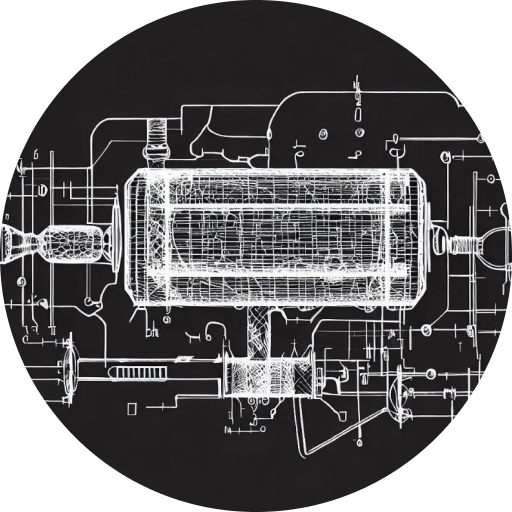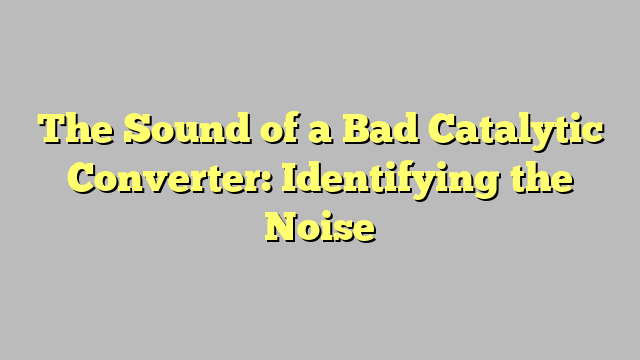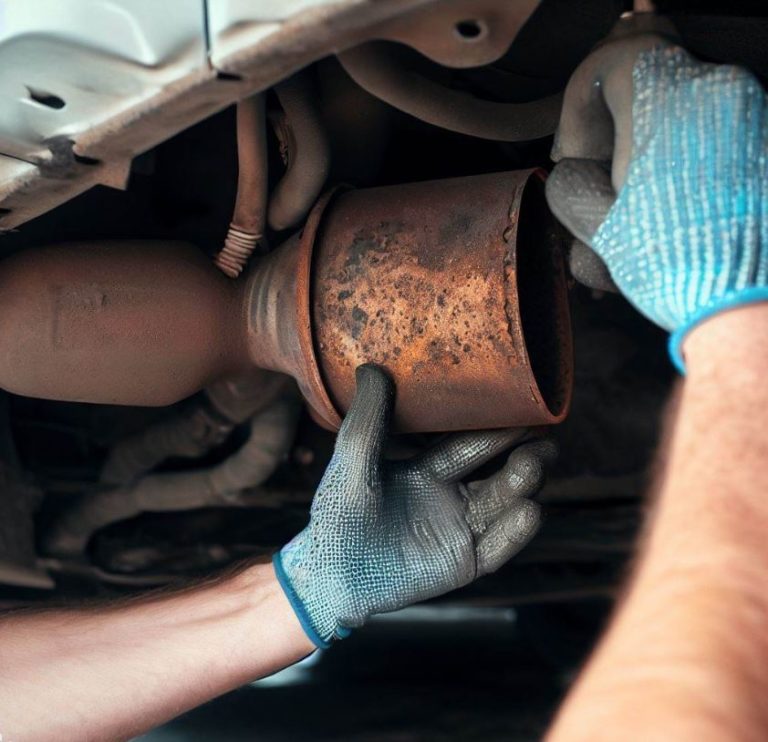The Sound of a Bad Catalytic Converter: Identifying the Noise
Introduction:
A bad catalytic converter can cause various issues in your vehicle, including reduced engine performance and increased emissions. One of the ways to identify a failing converter is by paying attention to the sounds it produces. Unusual noises emanating from the exhaust system can indicate a problem with the catalytic converter. In this step-by-step guide, we will walk you through the process of identifying the sound of a bad catalytic converter. For more information about catalytic converters and their maintenance, visit the Catalytic System website (https://www.catalyticsystem.com).
Step 1: Listen for Rattling Sounds
A common indicator of a failing catalytic converter is a rattling sound. When the internal components of the converter deteriorate or break down, they can produce a metallic rattling noise. Pay attention to any rattling sounds coming from the exhaust system, especially during acceleration or when the engine is under load.
Step 2: Pay Attention to Hissing or Whistling Noises
Another sound that may indicate a problem with the catalytic converter is a hissing or whistling noise. This noise is typically caused by a blockage or restriction in the converter, leading to abnormal airflow. Listen for any hissing or whistling sounds coming from the exhaust system, particularly during idle or when revving the engine.
Step 3: Note the Presence of Rumbling or Roaring Sounds
A failing catalytic converter can also produce rumbling or roaring sounds, similar to those of a malfunctioning muffler. These noises are often associated with internal damage or excessive backpressure within the converter. If you notice a deep rumbling or roaring sound while driving, it could be a sign of a bad catalytic converter.
Step 4: Detect Sputtering or Hesitation in the Engine
While not directly related to sounds from the converter itself, sputtering or hesitation in the engine can be an indirect indication of a failing catalytic converter. A clogged or malfunctioning converter can affect the engine’s performance, leading to irregular engine firing and hesitation during acceleration.
Step 5: Consult a Professional Mechanic
If you suspect that your catalytic converter is faulty based on the sounds you’ve observed, it is recommended to consult a professional mechanic. They have the expertise and diagnostic tools to accurately assess the condition of the converter and determine if a replacement is necessary.
Conclusion
Identifying the sound of a bad catalytic converter is crucial for early detection and prompt resolution of any issues. By listening for rattling sounds, paying attention to hissing or whistling noises, noting rumbling or roaring sounds, and being aware of engine sputtering or hesitation, you can diagnose potential problems with your catalytic converter. Remember to seek professional assistance for an accurate assessment and proper repair or replacement if needed. For further reading on catalytic converters, we recommend the following articles:
“The Sound of a Bad Catalytic Converter: Identifying the Noise” (https://www.catalyticsystem.com/sound-bad-catalytic-converter)
“Recognizing a Bad Catalytic Converter: The Symptoms” (https://www.catalyticsystem.com/recognize-bad-catalytic-converter)
By following these steps and understanding the sounds associated with a bad catalytic converter, you can take proactive measures to maintain the efficiency of your vehicle’s exhaust system.
- Upgrade Your Honda Accord with the Best Catalytic Converter for Enhanced Performance - October 30, 2023
- Boost Your Chrysler 300’s Performance with a High-Quality Catalytic Converter - October 30, 2023
- Enhance Your Jeep Liberty Performance with a Catalytic Converter - October 30, 2023









